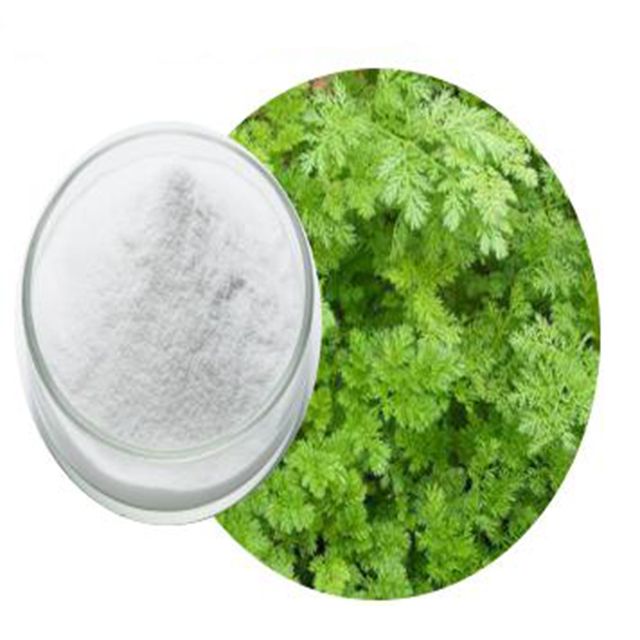
离岸价格
获取最新报价30 ~ 40 / Kilogram ( Negotiable )
|Minimum Order
位置:
-
最小订单价格:
最小订单:
1 Kilogram
包装细节:
1kg/bag;25kg/drum
交货时间:
1-3days
供应能力:
10000 Kilogram per Year
付款方式:
T/T, L/C, Western Union, Money Gram, PayPal
联系人 Ms. agnes
Changsha National High-Tech Industrial Development Zone,, Changsha, Hunan
Source: Rhodiola Rosea
Extract part: Root
Specifications:
1. 1%- 5% Rosavin
2. 1%**0% Salidrosides
3. 1%- 5% Rosavin *3% Salidroside
Identification
measure :HPLC
Appearance: LIght
red brown powder
Country of
origin:P.R. China
Source
Rhodiola comprises several species of plants in the Crassulacea family and is generally found in the arctic mountain regions of Siberia. The root of the plant is used medicinally and is also known as "Arctic root" or "Golden root" and more recently as Crenulin. Rhodiola has been used for hundreds of years to treat cold and flu-like symptoms, promote longevity and increase the bodys resistance to physical and mental stresses.
Rhodiola is typically considered to be an adaptogen and is believed to invigorate the body and mind to increase resistance to a multitude of stresses. The key active constituents in Rhodiola are believed to be rosavin, rosarin, rosin and salidroside.
Rhodiola rosea extract is thought to be quite safe. There are no known contraindications or interactions with other drugs/herbs, but there is some potential for allergic reactions in some individuals.
Application
1. Applied in food fields, it is widely used as functional food additive;
2. Applied in health product/dietary supplement field, it can be used as raw material in health food, the purpose is to enhance immunity and resist melancholy;
3. Applied in cosmetics fields, it is widely used to delay aging and compact skin;
4. Applied in pharmaceutical field, it is widely used to treat cardio-cerebrovascular disease.
| Name | Active Ingredients | Specifiction | Test Method |
| Bitter Apricot Seed Extract | Amygdain,VB *7 | *8%,*0%,*0%,5% | HPLC |
| Chamomile Extract | Apigenin | 0.***8% | HPLC |
| Eucommin Leaf Extract | Chlorogenic acid | ***8% | HPLC |
| Honeysuckle Flower | Chlorogenic acid | ***8% | HPLC |
| Bayberry Bark Extract | Myricetin | ****8% | HPLC |
| Vine Tea Extract | Dihydromyricetin | ****8% | HPLC |
| Banaba Extract | Corosolic acid | ***0% | HPLC |
| Rhubarb Extract | Emodin | ****8% | HPLC |
| Sophora japonica extract | Luteolin | ***8% | HPLC |
| Smoke tree extract | Fisetin | *0%**8% | HPLC |
| Mangosteen Extract | α-Mangostin | ****0% | HPLC |
| Polygonum cuspidatum P.E | Emodin | ****8% | HPLC |
| Polydatin | *8% | HPLC | |
| Resveratrol | *8% | HPLC | |
| CWS-Resveratrol | 5%,*0%,*0% | HPLC | |
| Magnolia Bark Extract | Magnolo | ***8% | HPLC |
| Honokiol | ***8% | HPLC | |
| Honokiol+Magnolol | *0%,*0%,*5% | HPLC | |
| Rosemary Extract | Ursolic acid | *0%,*5%,*0%,*0%,*0%,*8% | HPLC |
| Rosemarinic acid | 5%,*0%,*5%,*0,*0%,*8% | HPLC | |
| Carnosic acid | 5%,*0%,*0%,*0%,*0%,*0%,*8% | HPLC | |
| Loquat leaf Extract | corosolic acid | ***0%,*8% | HPLC |
| Ursolic acid | *0%,*5%,*0%,*0%,*0%,*8% | HPLC | |
| Olive leaf Extract | Oleuropein | ****0% | HPLC |
| Hydroxytyrosol | ***0% | HPLC | |
| Maca extract | 4:1 *0:1 *0:1,**0:1 | TLC | |
| Tongkat Ali P.E | Strawberry powder | 4:1 *0:1 *0:1,**0:1 | TLC |
| Grape seed Extract | OPC | 0.*5 | UV |
| Tomato extract | Lycopene | 5%,*0%,*5%*0%,*8% | HPLC |
| Blueberry extract | Proanthoyanidin | ***5 % | HPLC/UV |
| Hibiscus flowers extract | Anthocyanidin | ***5 % | HPLC/UV |
| Green tea extract | Polyphenols | *8% | UV |
| Haematococcus pluvialis | Astaxanthin | 5%,*0%,*0%,*0%,*8% | HPLC |
| Fructus Cnidium | Osmanthus | *0%,*8% | HPLC |
| white willow bark P.E | Salicylic acid | *5%,*5%,*0%,*8% | HPLC |